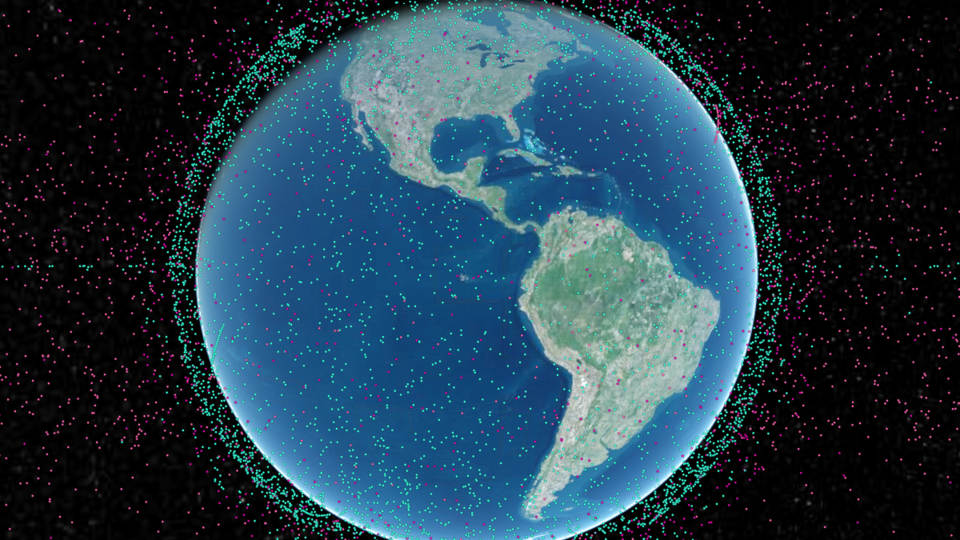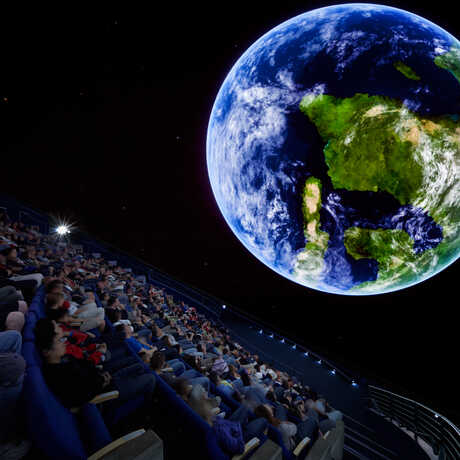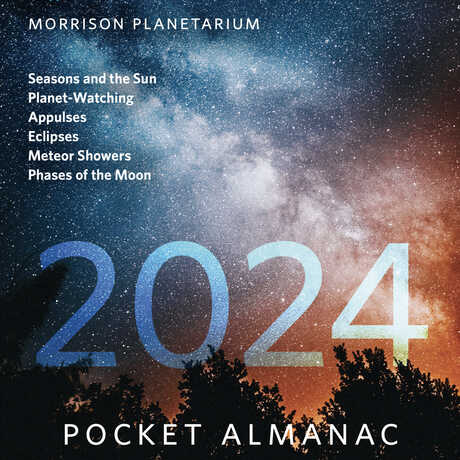Benjamin Dean Astronomy Lectures
NASA Spacecraft Swarms for Low Earth Orbit and Beyond

How can the increasing number of satellites in low Earth orbit be managed? NASA is developing ways for them to cooperate with each other.
NASA Spacecraft Swarms for Low Earth Orbit and Beyond
Monday, March 4, 2024
7:30 pm, Morrison Planetarium
Featuring Scott Miller, NASA/Ames Research Center
Humanity’s future in space will depend on autonomous robotic spacecraft, whether in orbit around Earth or exploring the far reaches of our solar system. Spacecraft swarms, or groups of autonomous cooperative spacecraft, have the potential to revolutionize future space exploration and science missions. In 2023, NASA’s Starling project launched a team of four satellites to test swarm technologies in orbit around Earth. Additionally, Starling will be exploring advanced space traffic management techniques to cope with an increasingly crowded Low Earth Orbit environment. Nicknamed Inky, Pinky, Blinky, and Clyde, these robotic spacecraft are paving the way for a future in which telescopes can be as large as a planet, hundreds of autonomous spacecraft can coordinate to map the Solar System, and thousands of satellites can sustainably orbit Earth to benefit humanity.

Scott Miller is an aerospace flight systems engineer at NASA’s Ames Research Center in Silicon Valley. He earned his B.S. in Aerospace Engineering from the University of Colorado Boulder and his M.S. in Aeronautics and Astronautics from Stanford University. Scott started his NASA career working on the Stratospheric Observatory for Infrared Astronomy (SOFIA) as a systems engineer evaluating telescope performance and later worked on the Resource Prospector lunar rover mission. He currently serves as the Lead Systems Engineer for the Small Spacecraft Technology (SST) program’s Starling small satellite swarm technology demonstration mission. In 2023 he received an Ames Honor Award in the engineering category for his work on Starling.
Image courtesy of Wayfinder by Privateer Space, Inc.
From outer space to Earth's inner core, explore the universe from Morrison Planetarium's 75-foot digital dome.

Download Morrison Planetarium's 2024 Pocket Almanac to stay up-to-date on eclipses, meteor showers, satellite spottings, and more.
